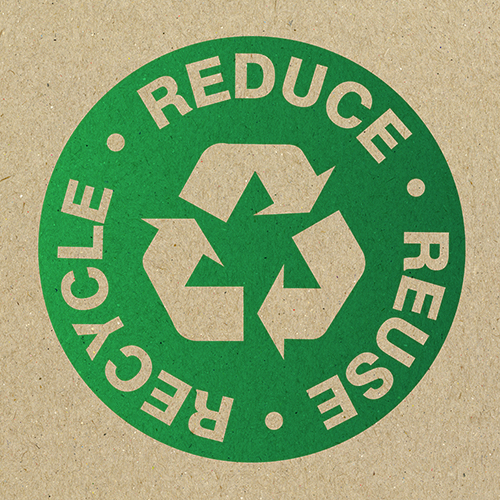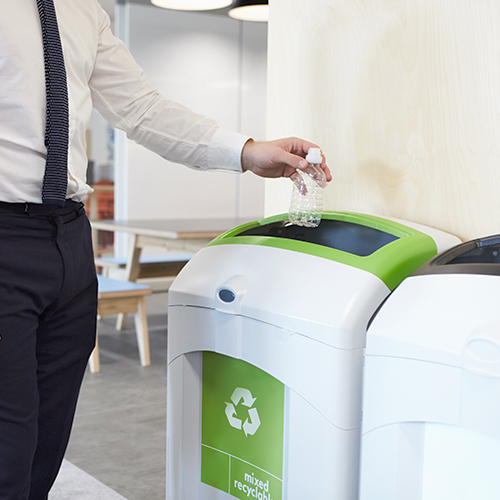Blog Article
Is Business Sustainability
a Priority for Your Company?
Tips on How to Become Leaner and Greener
David Daffner, Vice President — Managed Services
For some time now, sustainability has been a key corporate initiative for many companies. Since 2005, financial information company and magazine Corporate Knights has released their annual Global 100 report, which lists and ranks the world’s most sustainable corporations. Across the world, companies vie to make it into the top spots.
In 2019, the Global 100 report listed the top-ranked U.S. company as Prologis, Inc., a leader in logistics real estate. Prologis came in at number six overall with a score of 79.12%. According to their website, Prologis understands the environmental impacts of their facilities, development and operating activities. They develop solutions that allow their business and customers to grow and thrive while minimizing environmental impacts.
“More companies are managing sustainability to improve processes, pursue growth and add value to their companies rather than focusing on reputation alone.” —McKinsey & Company
“Business sustainability” is defined as the process by which companies manage their financial, social and environmental risks, obligations and opportunities over time. True sustainability is more than what a single company does to make their own business operations more green. It requires conducting the same type of an evaluation on vendors and suppliers, too, and then collaborating to integrate environmentally sound choices throughout the entire logistics network.
But can a company achieve both sustainability and profitability? That question is at the heart of a recent study conducted by the Economist Intelligence Unit and sponsored by Llama Soft called “Sustainability: The Missing Link.” The researchers surveyed senior executives from 250 global manufacturing and retail organizations, and the results were revelatory: the majority of them thought that economic performance was the top-ranking corporate sustainability priority. Interestingly, when asked whether profitability or sustainability was more important to them, 60% felt that these objectives were equal. Another 25% said that sustainability was more important. Clearly, these two objectives are not mutually exclusive.
One way of measuring your company’s green impact is to place it within “the three tiers of sustainability,” a model created by The Future Laboratory. Depending on where your company’s efforts are, you might want to draft a plan to reach a higher level. Keep in mind that the supply chain comprises everything from packaging to transportation to waste management.
Tier 1: Getting the basics right
Most companies start with the basics, which means having employees focus on the 3 Rs: reduce, reuse and recycle. Turn off lights and computers when not in use, recycle paper, offer the option of working from home and opt for teleconferencing instead of in-person meetings to reduce the company’s carbon footprint.
Tier 2: Learning to think sustainably
Taking things to the next level involves expanding these concepts to your supply chain operations. You might consider product design, manufacturing operations and distribution optimization to better align these initiatives with sustainability goals. You could even decide to change how you approach supplier management in general. In fact, organizations with hundreds of suppliers and thousands of products often find reducing the number of vendors makes the process more manageable.
Tier 3: The science of sustainability
At this level, companies conduct audits, map out a long-term plan for sustainability and set benchmarks for long-term measurements. As industry and government regulations push for these same types of changes, companies are recognizing the cost savings of green operations and the need to address this issue.



